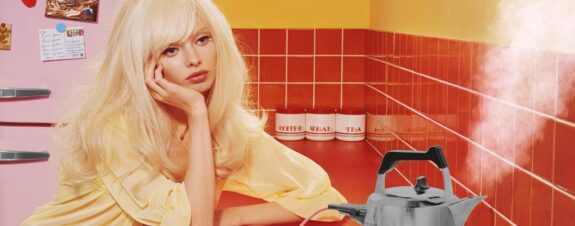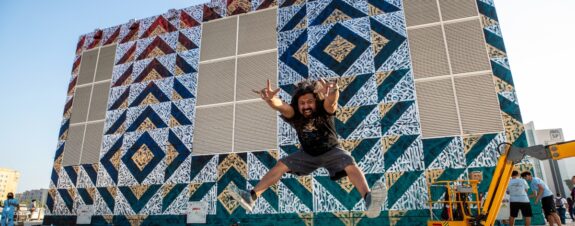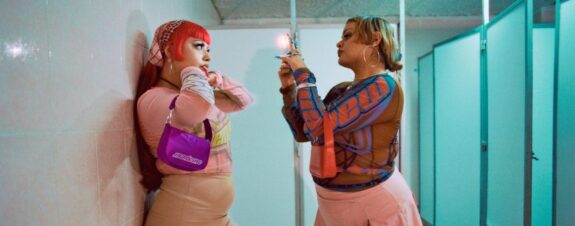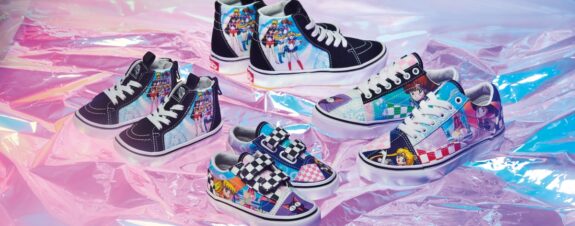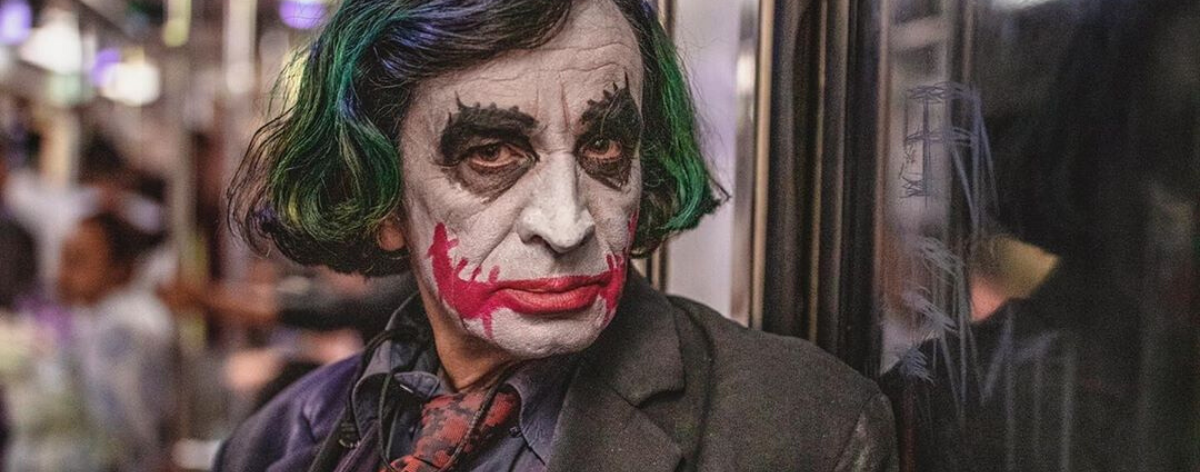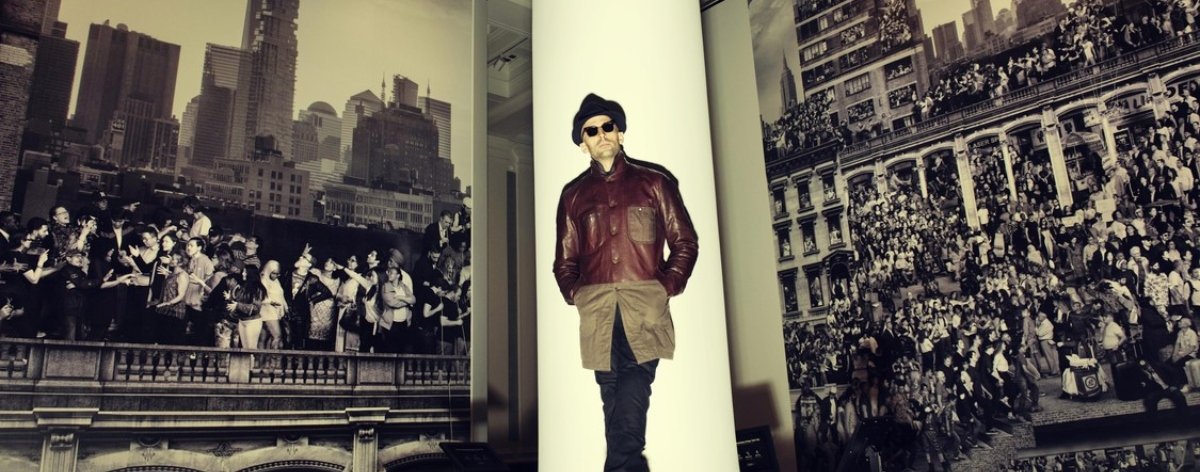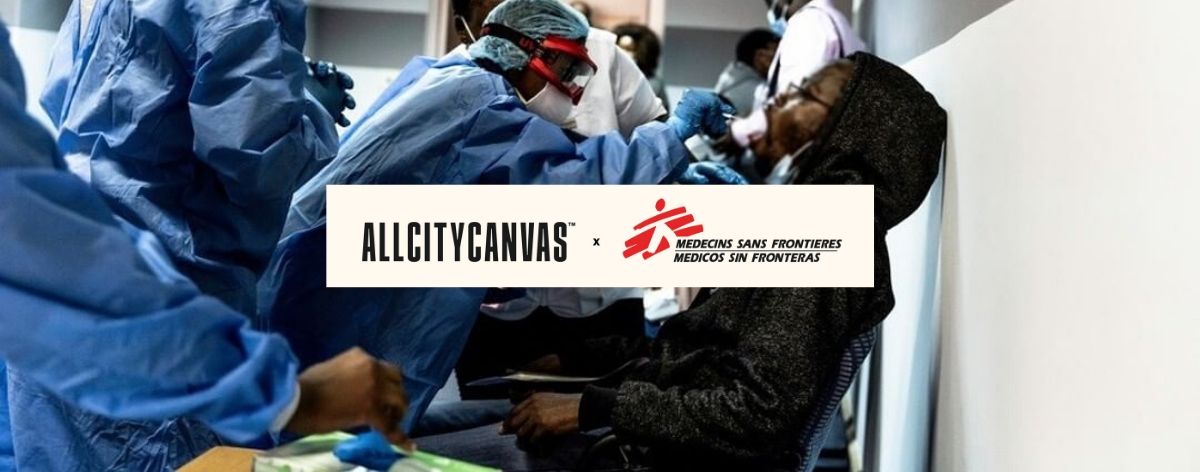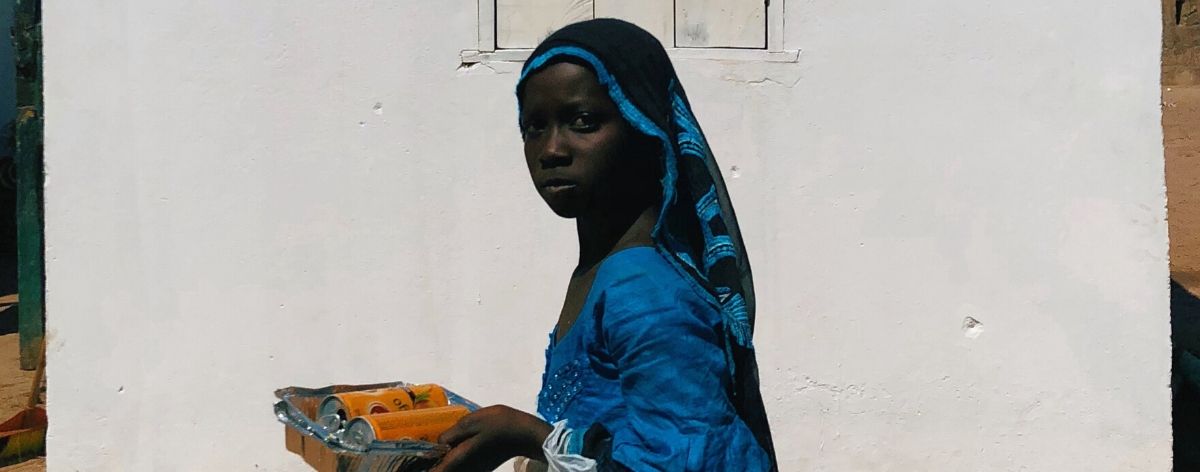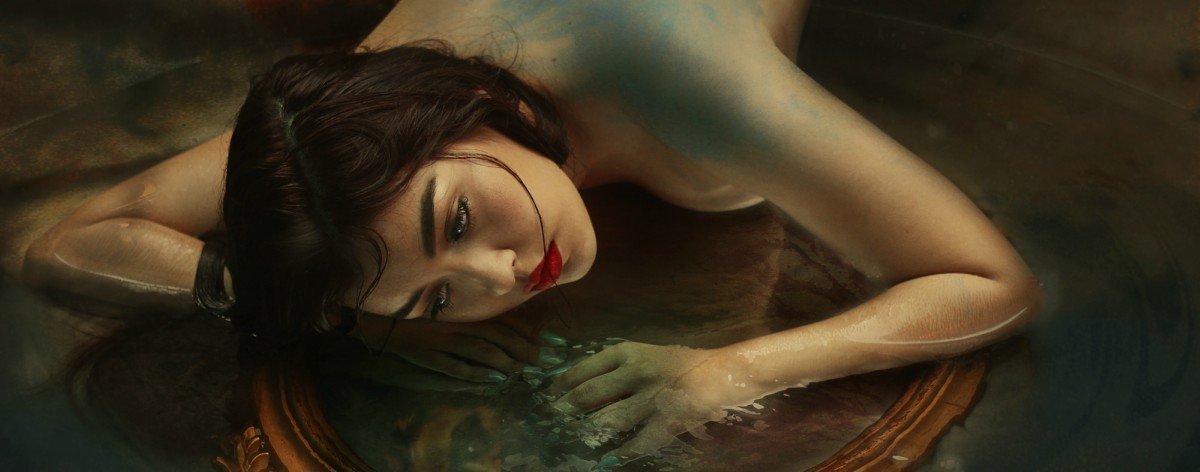This post is also available in: Español (Spanish)
Santiago Arau’s body of work includes photography and cinema through which he captures the realities of the city and majestic landscapes
Santiago Arau Pontones is a Mexican photographer who has made the streets of Mexico City his own under his lens. He was born in Mexico City in 1980 and graduated from Communications from the Iberoamerican University and studied Photography at Active School of Photography.
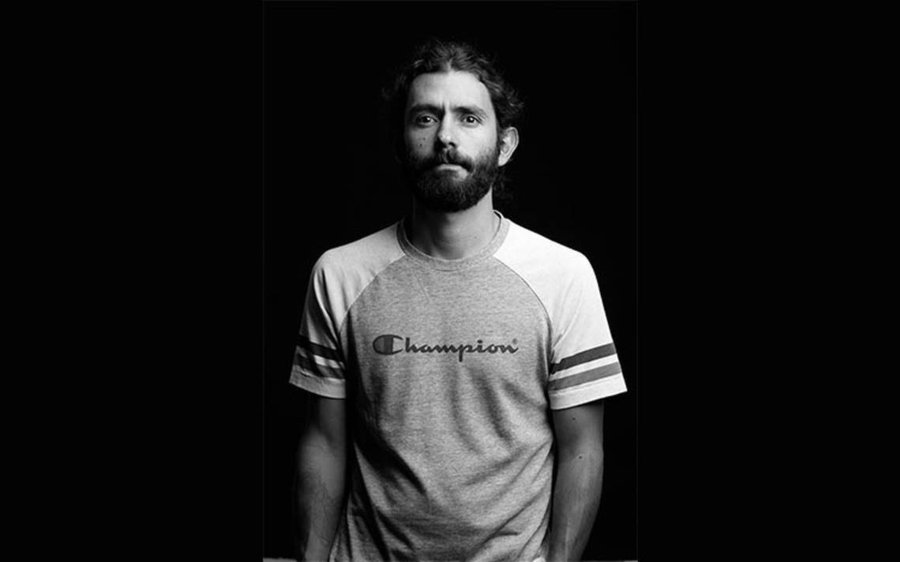
His beginnings in photography date back to when he was only 15 years old, at which point his grandfather gave him a SLR camera, rolled and from there began his passion for photography. Moreover, his main interests include architecture, the urban environment, and of everyday situations.
Furthermore, one of the main features in the work of the Mexican photographer is the wide variety of perspectives that each image offers. In addition, Arau has photographed massive outdoor concerts, protests, and marches, as well as life in marginalized areas.
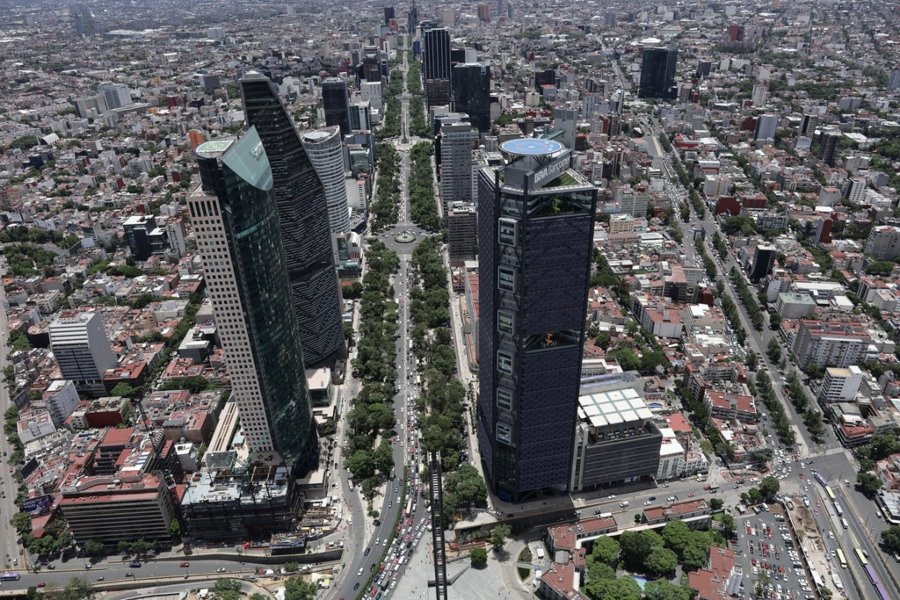
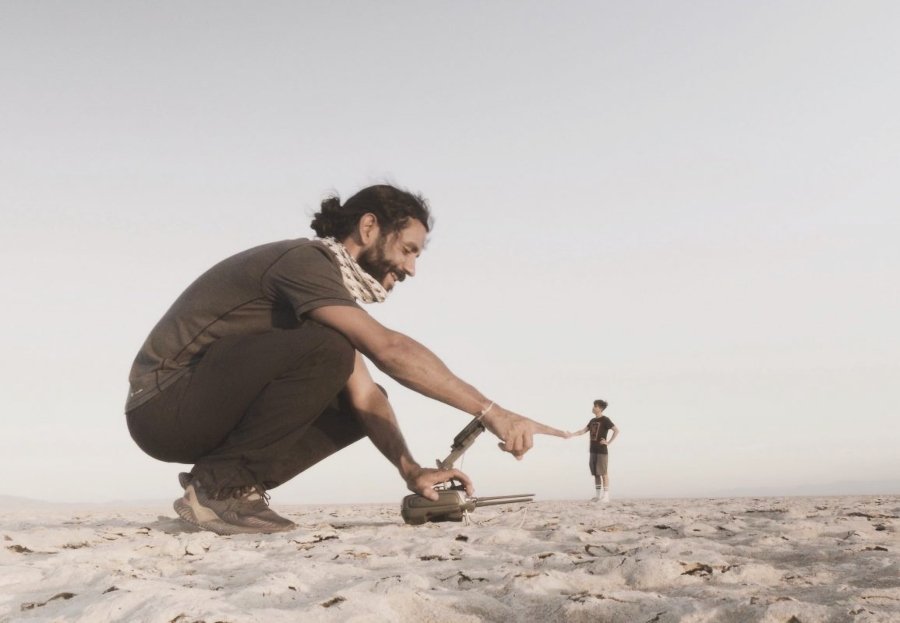
Additionally, he has done sports photography work at World Cups and Olympic Games; documentary photography in Africa, landscape, portrait, and short films, and has even been present at government events. Thus, his main goal is to show us a chronicle of the world through his lens.
Whether on foot or by bike, the photographer always offers us life stories from another viewpoint to portray the fragility and strength of its protagonists. Additionally, Arau became interested in exploring other mechanisms to take photographs. With drones namely.
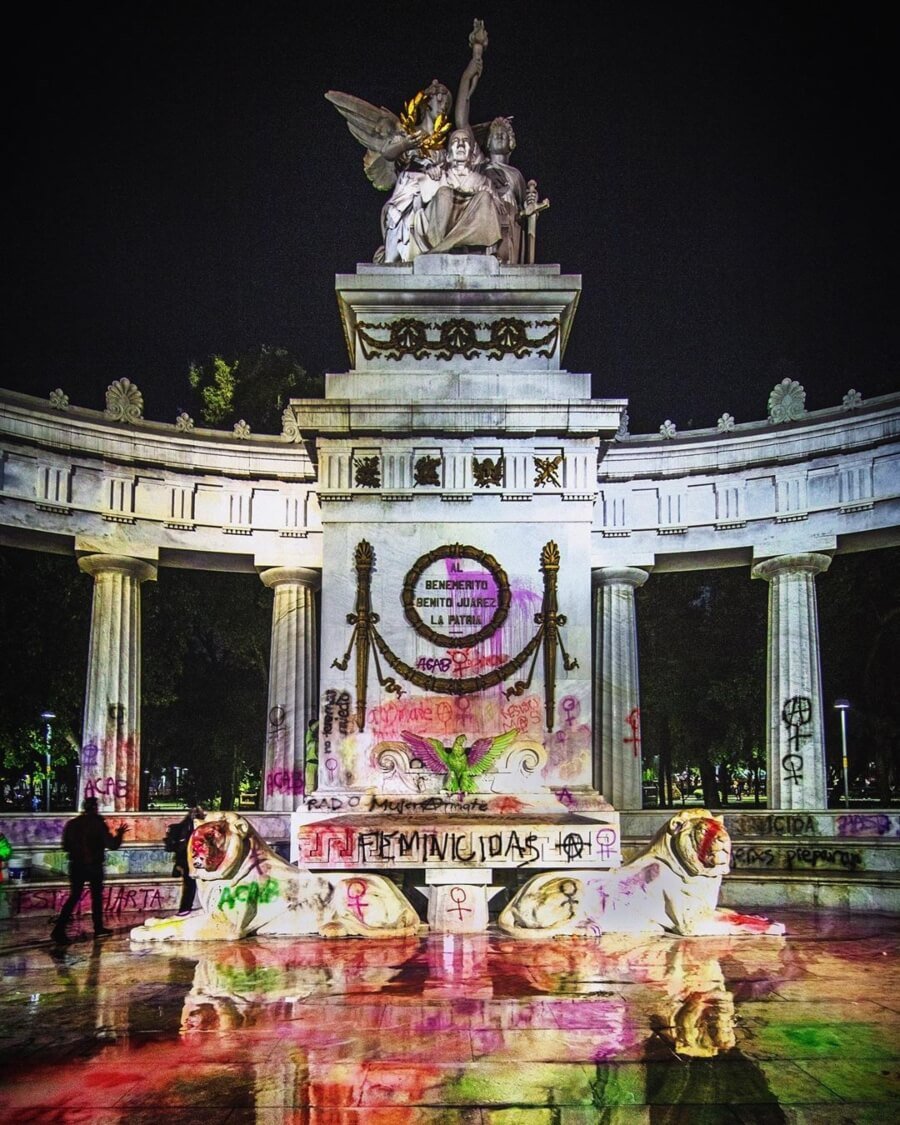
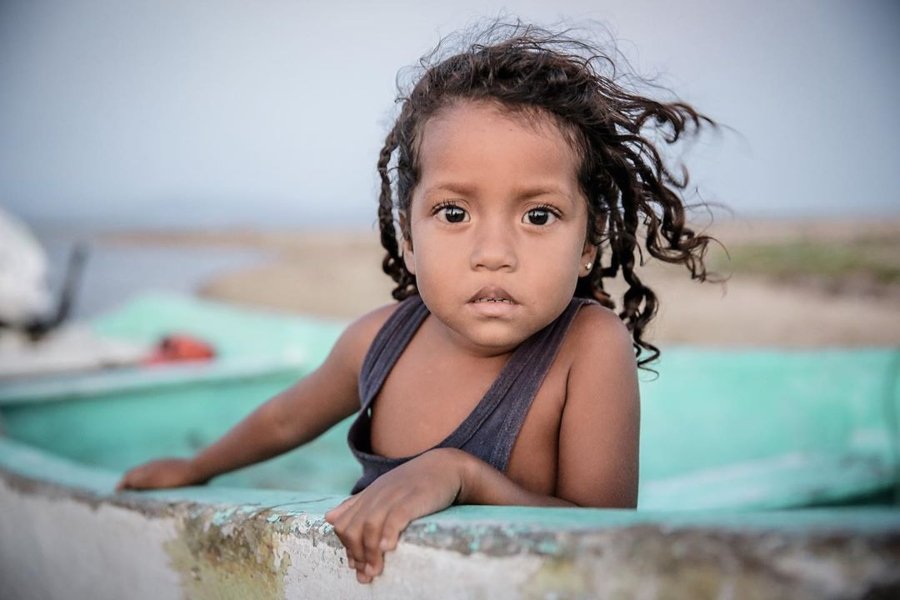
Santiago defines this resource as “a different perspective than we are used to because seeing things from above puts us where we stand, it is a way to calibrate the human, urban and geographical scale in a territory. In addition, the framing possibilities given by a drone are endless, you can decide the height, framing, and technique to photograph an object maximizing the power of a camera.”
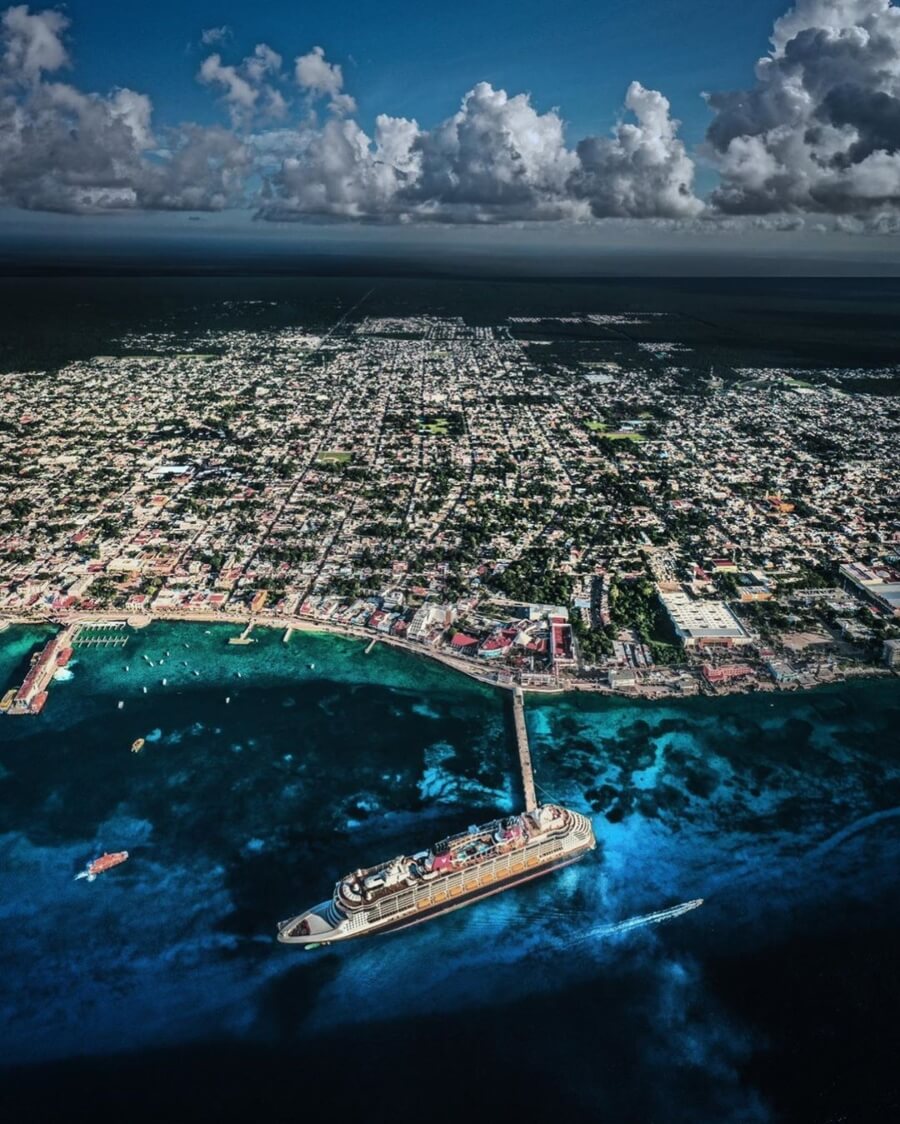
Most important photo series
Territorios
This idea bred his project Territorios, a compilation of images full of contrasts: desert extensions and city agglomerations; the plot that covers the Earth; the color range of its vegetation; the ravages of deforestation, and the aftermath of global warming like the tops of glacierless volcanoes.
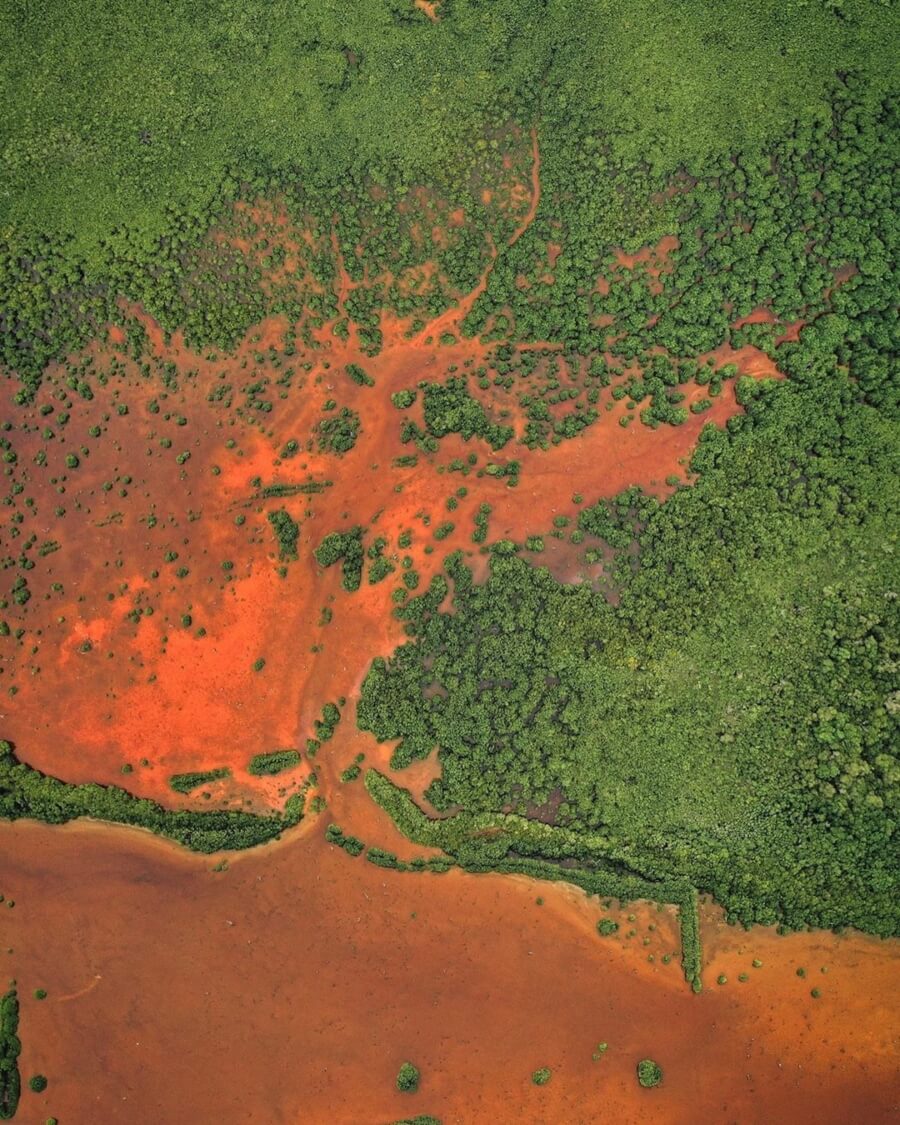
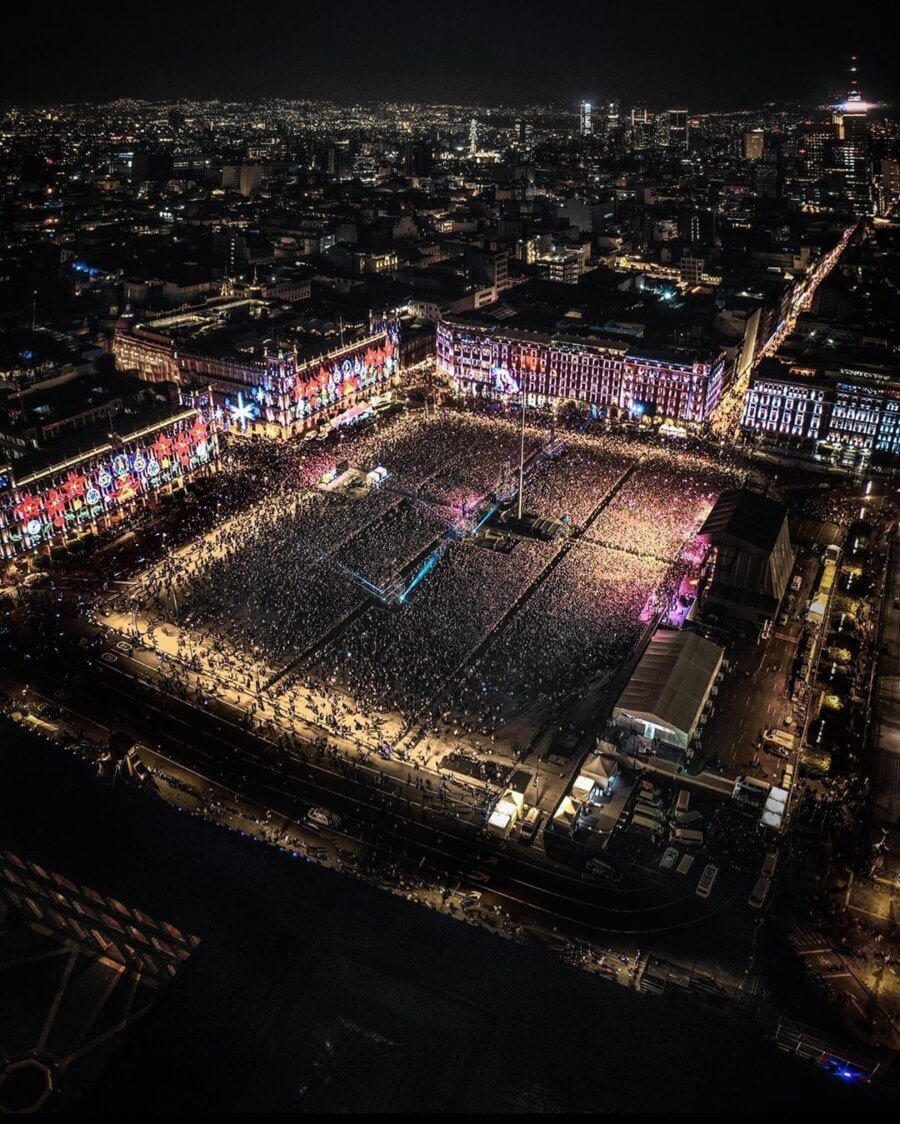
Thus, the book consists of 292 pages illustrated with more than 500 photographs by the publishing house Sexto Piso. Moreover, the publication features essays by Julia Carabias, Luigi Amara, Juan José Kochen, Vivian Abenshushan, Pablo Soler Frost, and Sergio Ayala Franco. In addition, the exhibition with the same name was inaugurated in collaboration with the BBVA Mexico Foundation, Editorial Sexto Piso, and the Colegio de San Ildefonso.
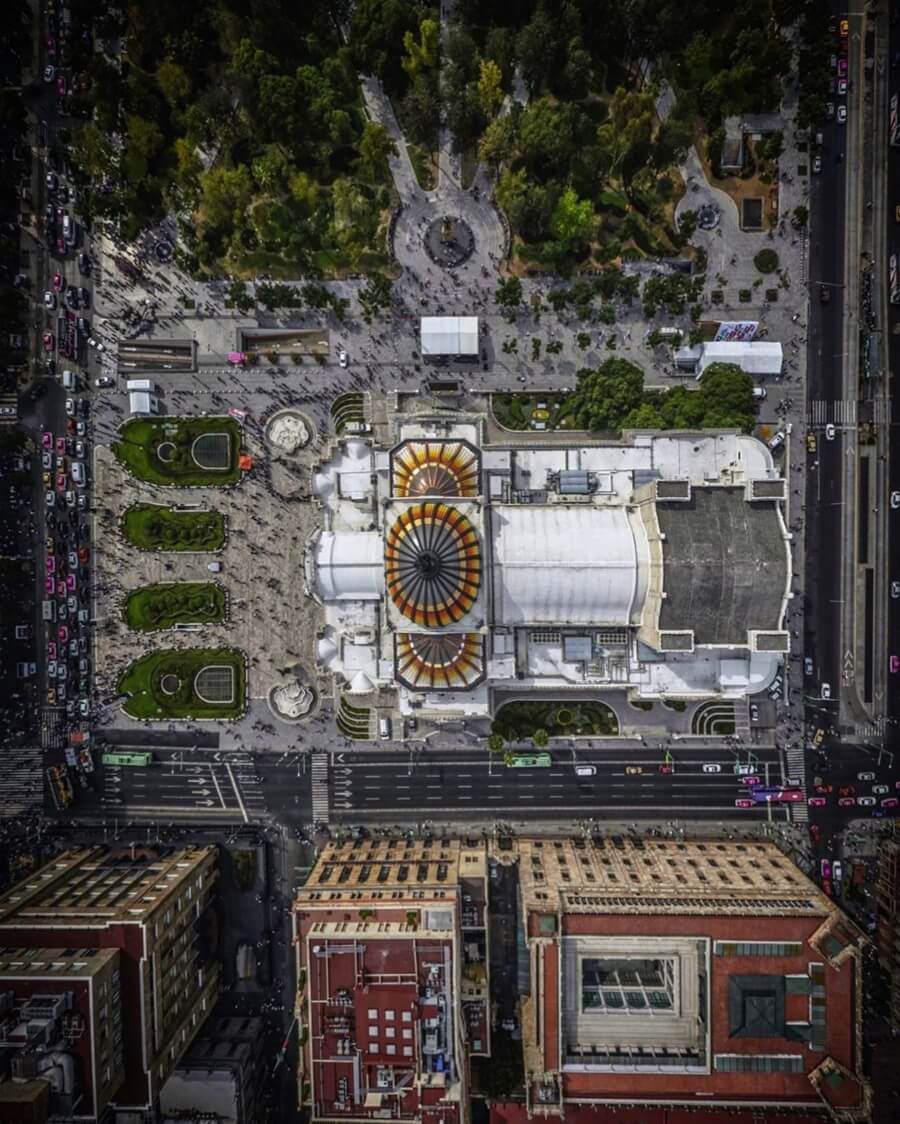
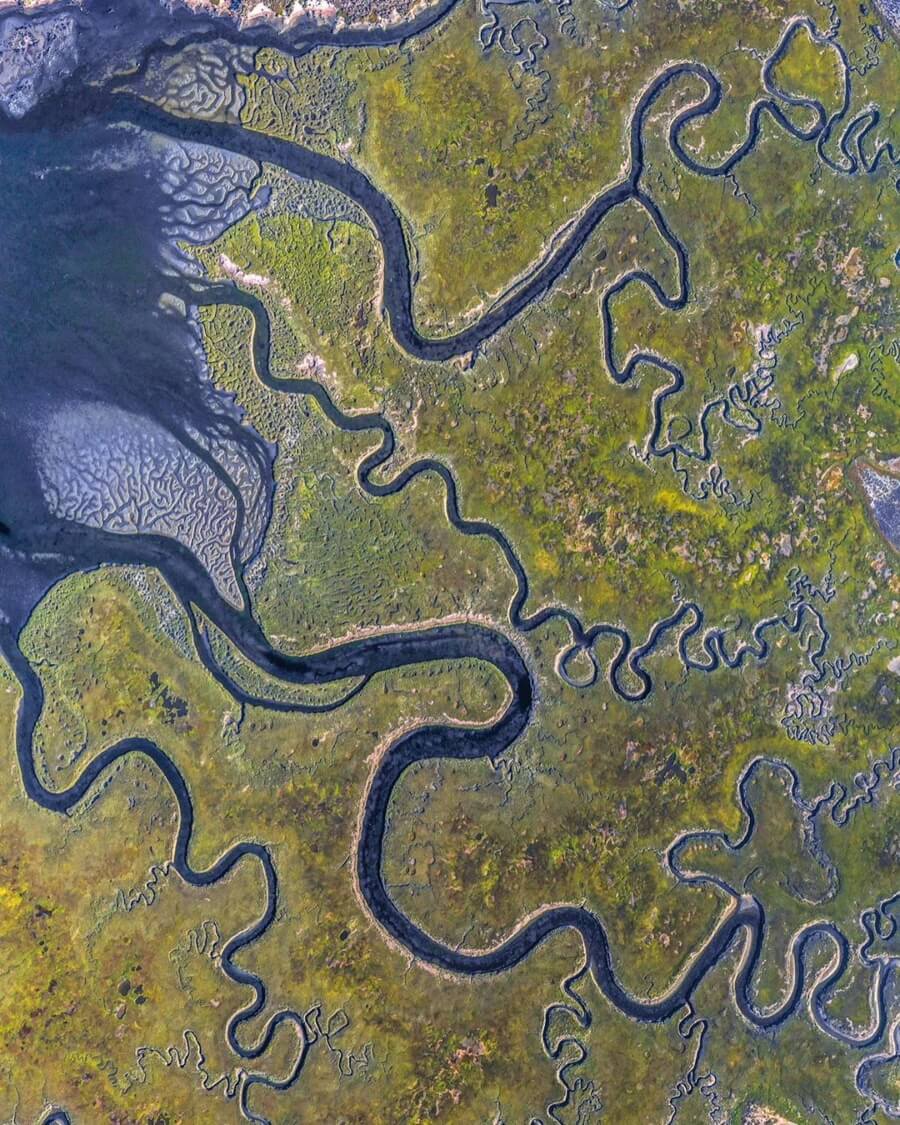
Ciudad Herida
Another of Arau’s projects was Ciudad Herida (Hurt City) as part of the New York Times documentary series “In the Eyes of Mexico,” where six filmmakers presented a look into their country. Hence, the photographer presented this drone series to narrate the events that occurred during the earthquake of September 19, 2017.
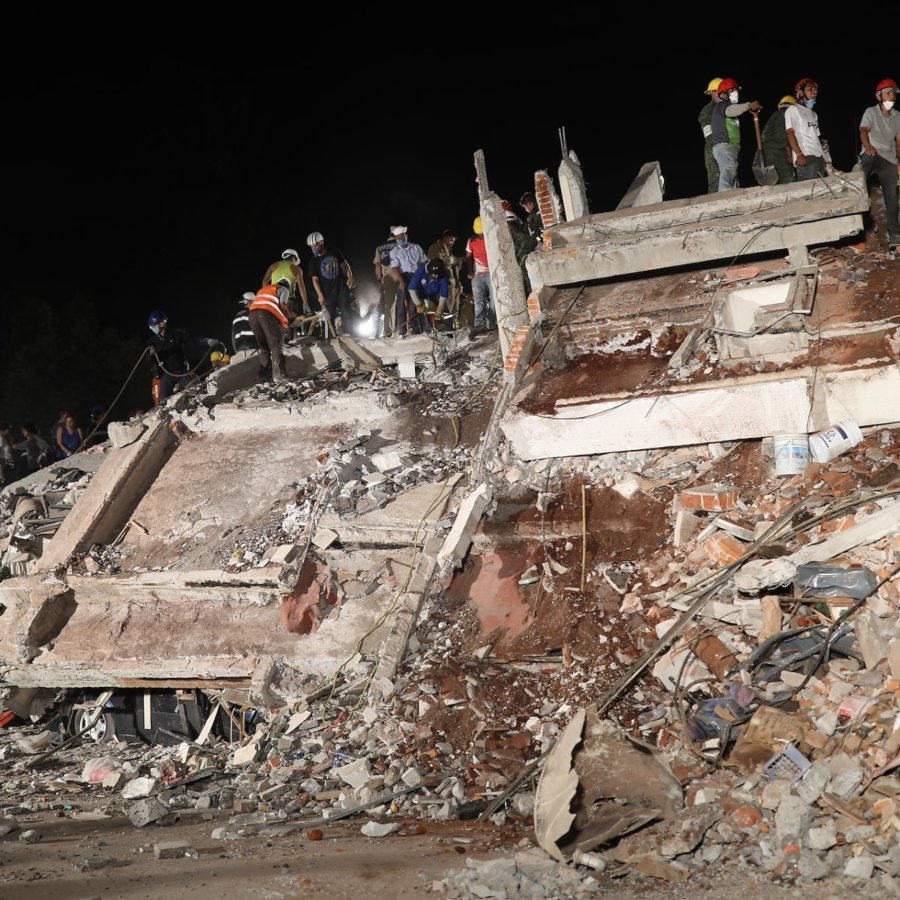
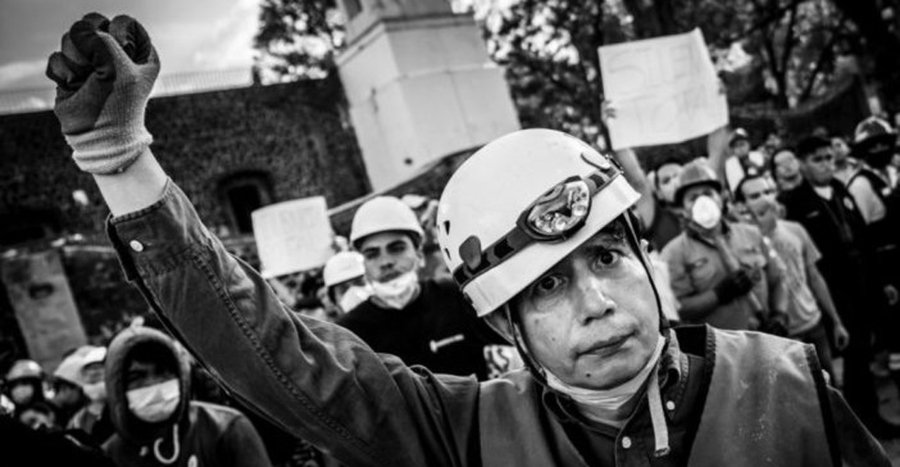
In this series, we witnessed the collapsed buildings and destruction on the outskirts of the city. Furthermore, we can also see the resilience and stoicism of the citizens in the face of the tragic event that shook the lives of Mexicans.
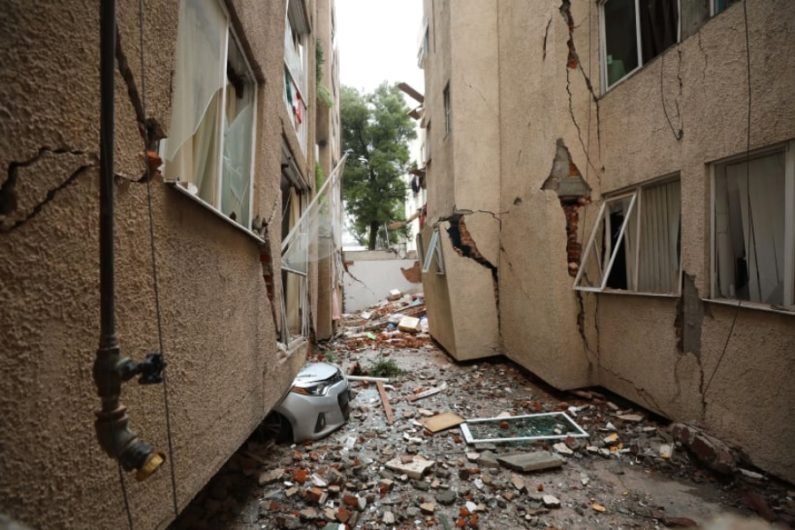
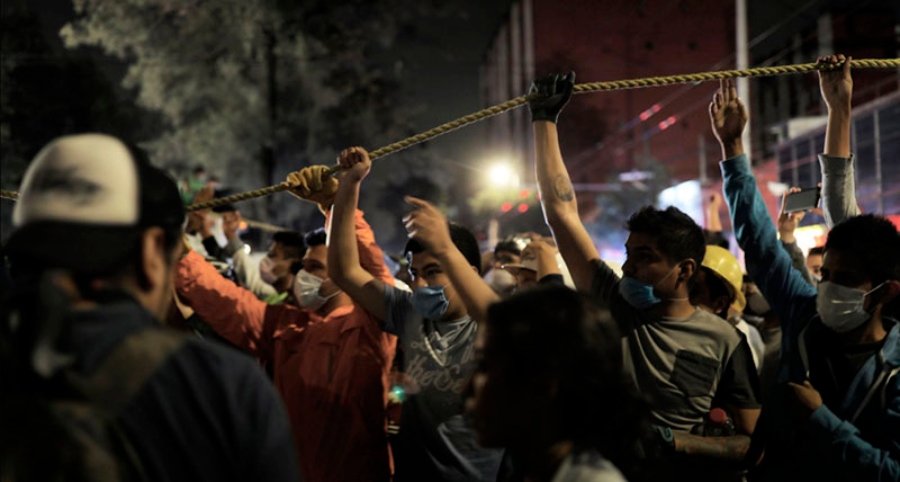
Covid-19
One of his most recent series sprung from the Covid-19 pandemic. Hence, Arau immersed himself in the streets of Mexico City to capture the faces that were only beginning to cope with the health emergency. Thus, the face mask became the recurring motif in each of the portraits.
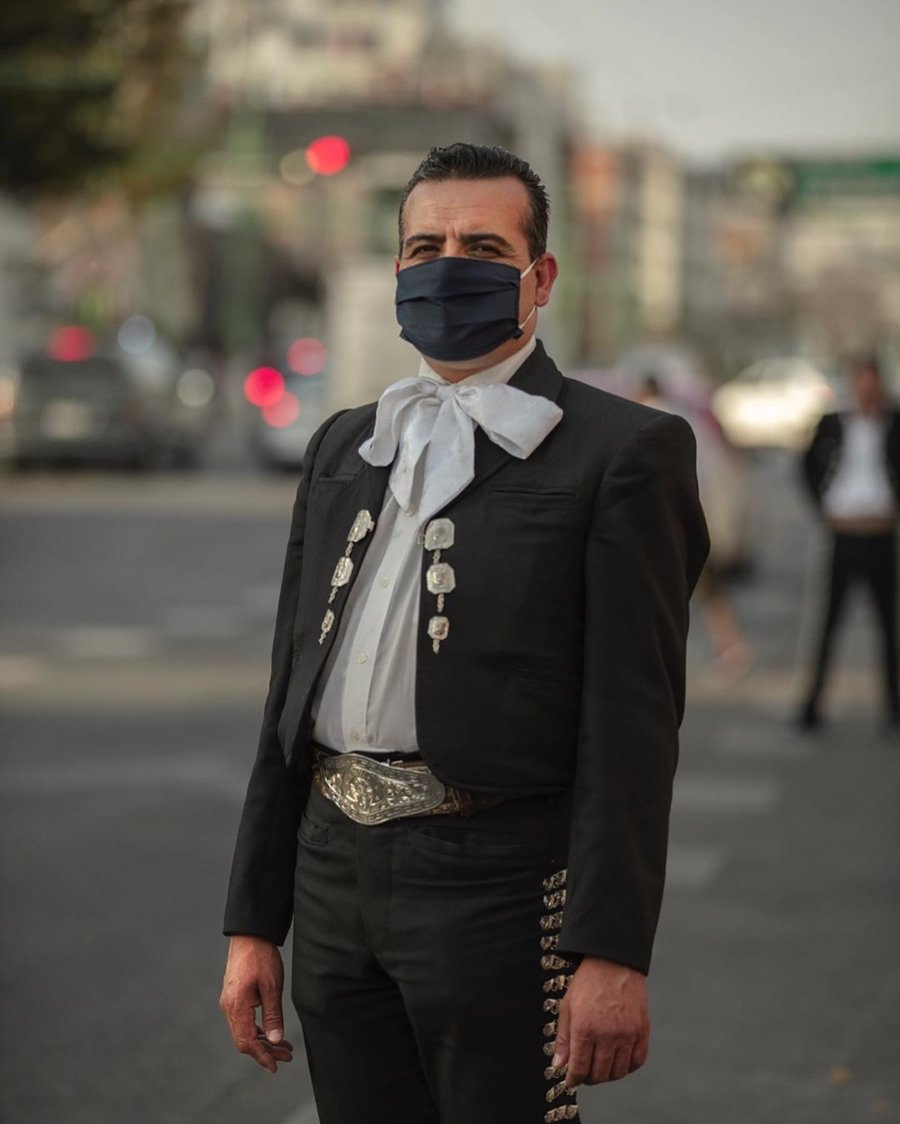
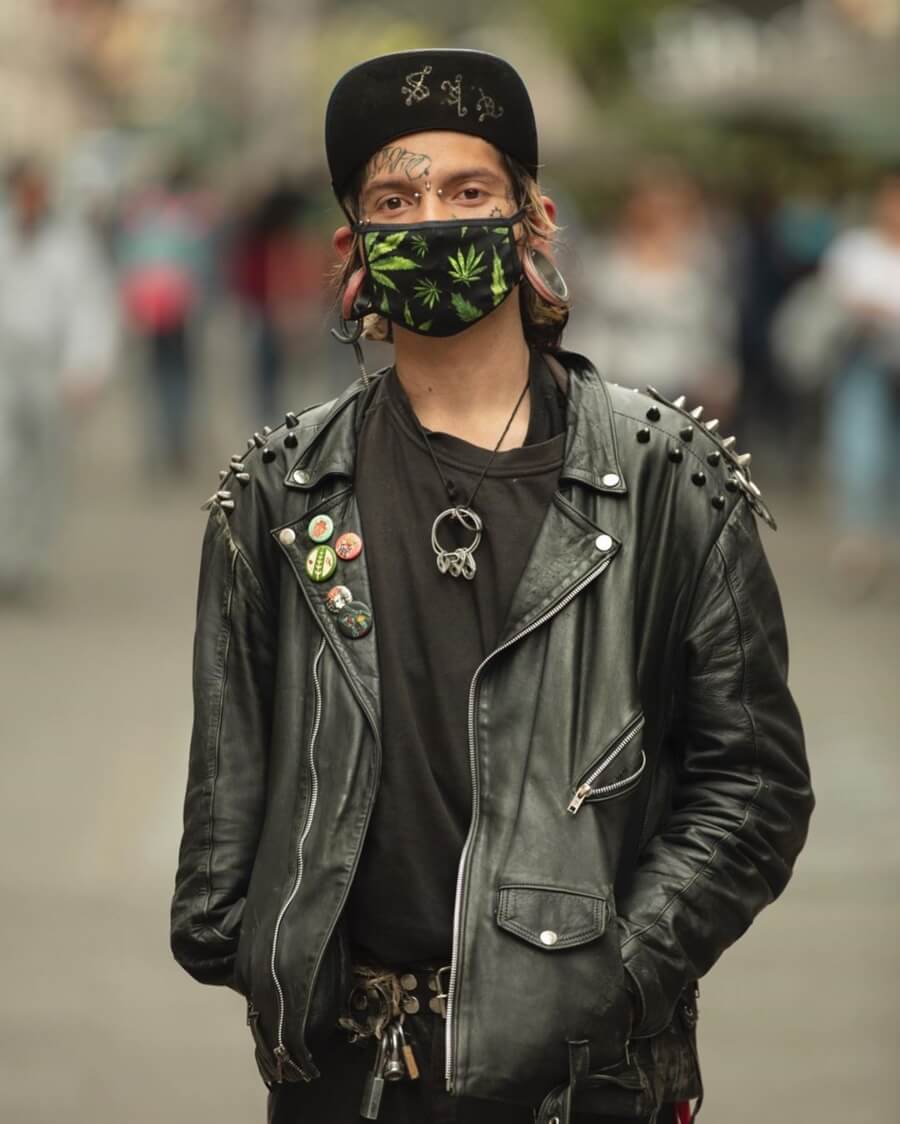
In the series, contrasts and inequality are seen in the way they deal with the virus in different places: in the dumpsters of the metropolis, people live in the most extreme conditions of poverty; in front of the Stock Exchange we can see the emptiness caused by the quarantine. Additionally, we see faces that are still smiling despite the impossibility of staying protected at home, because they are obliged to go out to work in the face of obvious social inequality.
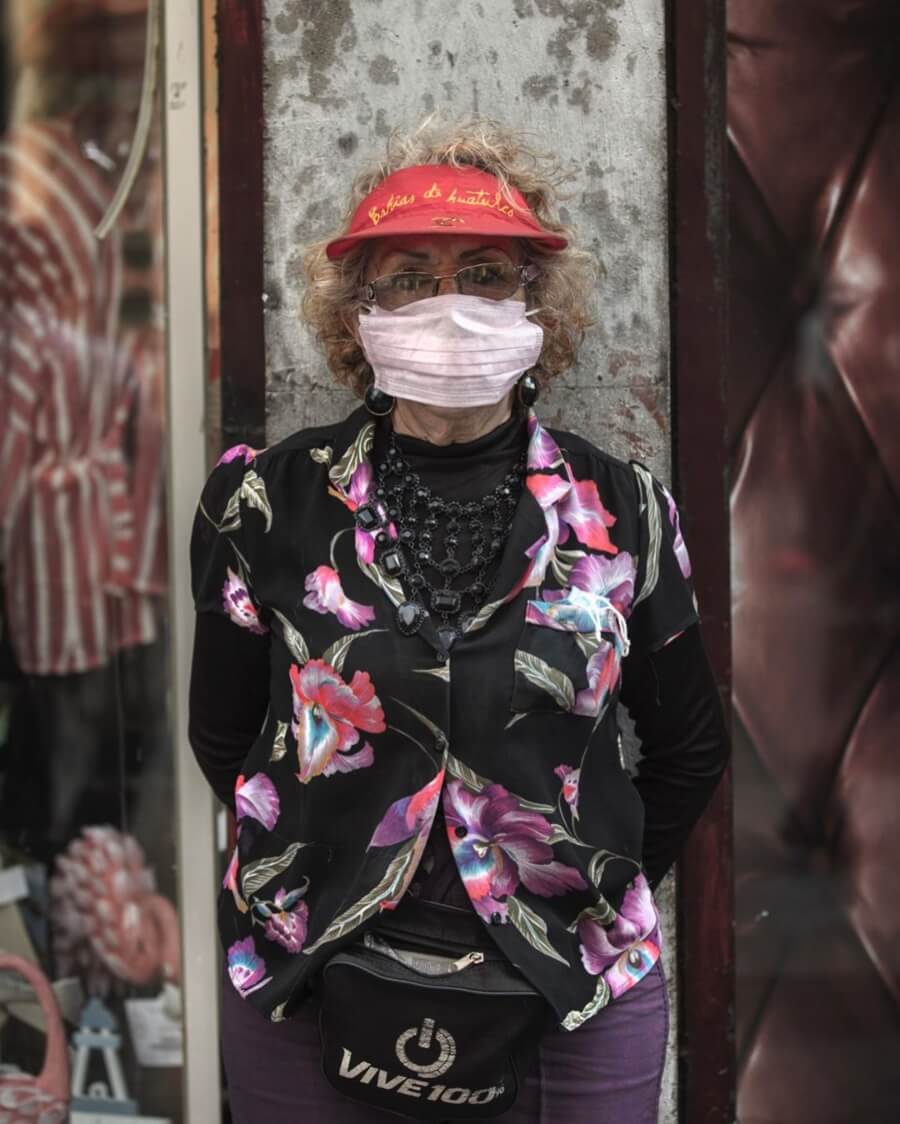
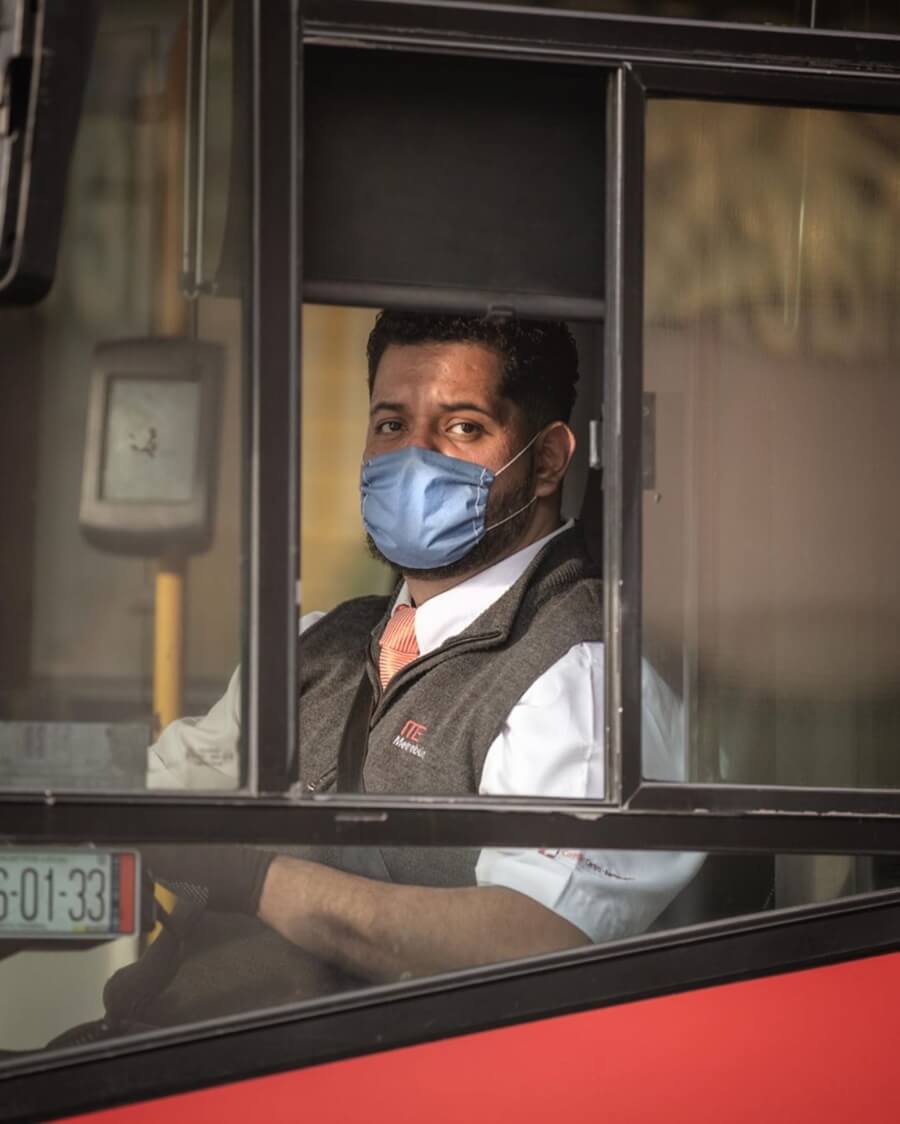
Other works
Throughout 20 years of career as a photographer and filmmaker he has participated in individual and collective exhibitions in places such as Casa América in Madrid (Spain), Venice Biennale (Italy), the Museum of Modern Art of the Philippines and Fine Arts (Mexico) to name a few.
Moreover, his photographs have been published in international media, such as the BBC, The Guardian and El País, as well as in local press, such as Reforma, Aristegui News, and Animal Politics, among many others.
Lastly, you can see more of Santiago Arau’s work and his large photographic body of work on his official website and Instagram.
This post is also available in: Español (Spanish)
